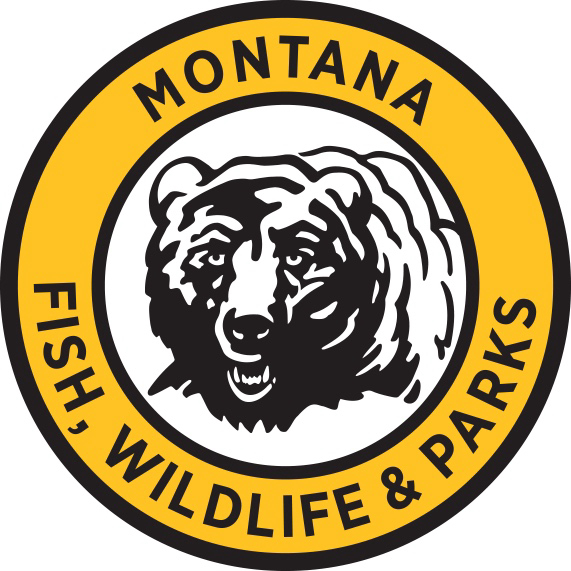
|
Hot and dry summers and reduced snowpack are becoming the norm in Montana. And just as predictable as smokey days are the angling restrictions for rivers in the Big Sky state.
Trout and their habitats need a lot of cold water to make it through hot summers. Snowpack is how nature supplies this cold water to rivers, streams and lakes throughout the state. However, long hot summers coupled with low snowpack can put pressures on these systems and the fish, wildlife and people who rely on them.
When conditions get tough, FWP turns to a box of tools to help protect aquatic ecosystems, while allowing angling opportunities and supporting Montana’s water users.
Hoot-owl
The most common tool to help protect trout fisheries is hoot-owl restrictions. These restrictions limit angling to the cool hours of the day and prohibit fishing after 2 p.m. Conditions that trigger consideration of hoot-owl restrictions are not the same for every river. Typically, hoot-owl restrictions are implemented when water temperatures reach 73 degrees for three days in a row.
Some rivers with cutthroat or bull trout may have hoot-owl triggers at a lower threshold, like 66 degrees for three days in a row for cutthroat.
Hoot-owl restrictions protect fish from the impacts of angling. When water warms, the amount of oxygen it can hold decreases. Low oxygen causes stress on fish and that stress is exacerbated by being caught by an angler.
Angling closures
At times, stream flows can get so low the aquatic ecosystem is affected, and fish have little protection and less habitat to exist. These conditions can affect not just individual fish but populations.
“In a river, water is habitat,” said FWP Fisheries Habitat Bureau Chief Michelle McGree. “If you have significantly low water, even for a short time, it affects fish survival.”
In a healthy stream, young fish can find places to live and grow away from larger fish and other predators. Adult fish can find protection from predators like raptors and mammals and still find a variety of food sources.
However, when flows get really low, the available habitat for everything in the river shrinks. Juvenile fish can be significantly affected, and adult fish may face increased competition for the available resources like food and cover. This can lead to increased mortality. As a result, an entire age class of fish can be affected.
To try and alleviate these consequences when water is low, FWP can implement angling closures on stretches of river or even an entire river, like it did in 2025 on the Big Hole River. Typically, these closures are part of a drought plan for the river, which is the case on the Big Hole.
These closures may be in place until precipitation increases flows, irrigation withdrawals decline or water temperatures decline.
Water program
Throughout the late spring and summer, FWP staff closely monitor stream flows around the state. As flows predictably drop after spring snowmelt runoff ceases, staff look to implement tools within the FWP water program to try and protect the aquatic ecosystems.
On many streams and rivers, FWP has unique individual instream flow water rights for stream flow protection. These water rights allow FWP to make call on junior water rights when flows drop below a certain level, which is unique to each instream flow right. In 2025, FWP made water right calls, or asked junior water right holders to stop using water, on the Blackfoot River, Gallatin River, Marias River, Smith River Basin, Shields River Basin and several others. Water rights can become controversial. FWP’s water program staff follow a clear process when determining when and where to make water call on instream flow water rights. This process is outlined in detail on the FWP website.
FWP works with stakeholders in drought planning, which includes making difficult decisions regarding implementing or lifting restrictions. The Jefferson, Blackfoot and Big Hole rivers are all watersheds that have drought plans developed through collaboration. These plans often include a “shared sacrifice” model. That means as water levels decline, everyone gives a little. Irrigators may reduce their use, and angling restrictions also come into play.
Some tools that manage angling are best for protecting fish during the short periods of summer when they are stressed by warm water. Other tools that manage water supply can affect fish populations and aquatic ecosystems for years to come. Both approaches are important for managing fish in Montana.
The goal is protecting fish and the aquatic ecosystem, as well as angling opportunities, well into the future.